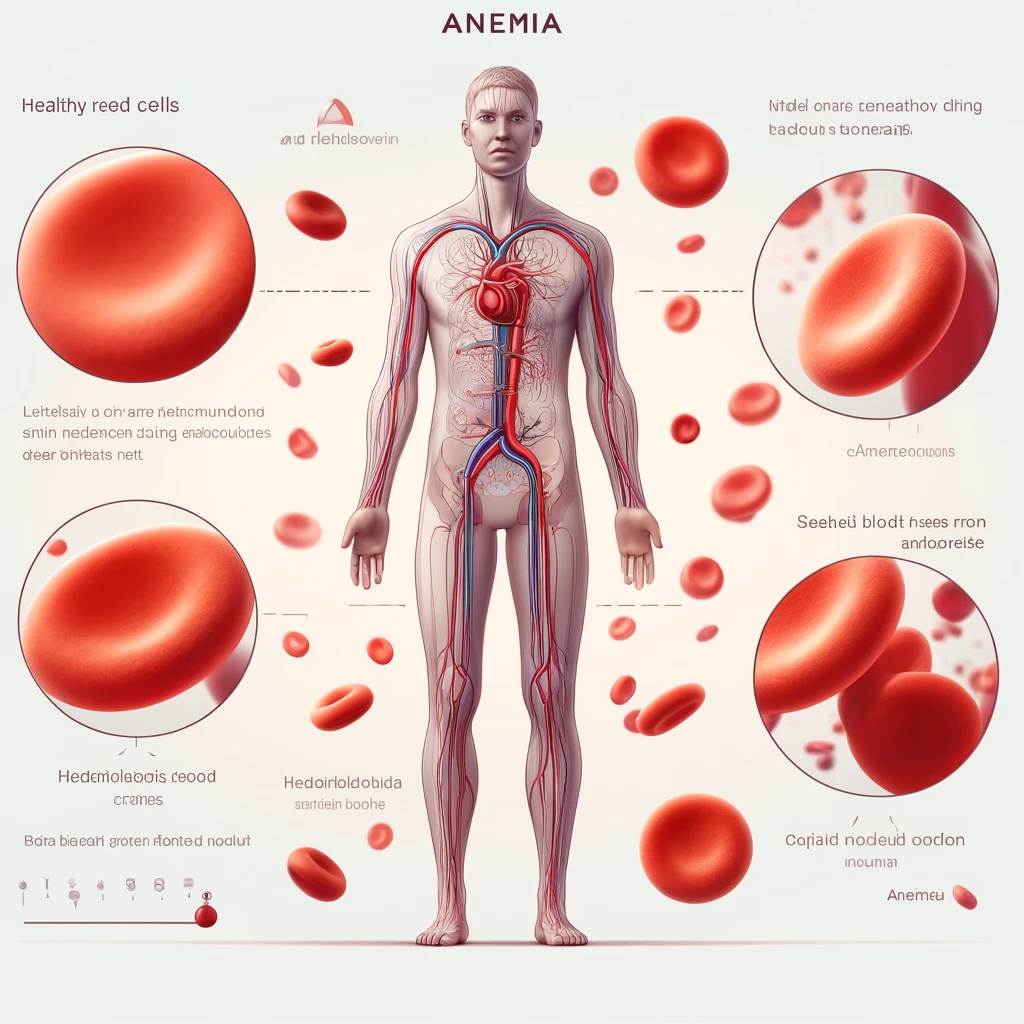What is Candidiasis? A Detailed Look at the Infection
Candidiasis is a common fungal infection caused by yeasts of the genus Candida. Although there are many species of Candida, The Candida albicans It is the most common cause of infections in humans. Let's explore more about this condition, its causes, symptoms and treatments.
What causes Candidiasis?
A Candida is a fungus that lives naturally in our body, especially on the skin, mouth, gastrointestinal tract and vagina. Under normal conditions, it coexists peacefully with other bacteria and microorganisms. However, in certain situations, the Candida it can grow excessively, leading to candidiasis.
Factors that can lead to excessive growth of Candida include:
- Prolonged use of antibiotics
- Hormonal changes, such as pregnancy or contraceptive use
- Poorly controlled diabetes
- Weakened immune system
- Use of corticosteroids or immunosuppressive medications
Symptoms of Candidiasis
The symptoms of candidiasis may vary depending on the affected area:
- Oral Candidiasis (Thrush): It can cause white spots in the mouth and tongue, pain, cracks in the corners of the mouth and difficulty swallowing.
- Genital Candidiasis: In women, it can cause itching, burning, redness, thick, white vaginal discharge and pain when urinating or during sexual intercourse. In men, it can cause redness, itching and swelling of the penis.
- Cutaneous candidiasis: It occurs in warm, moist areas of the body, such as armpits and groin, causing rashes, itching and burning.
Diagnosis and Treatment
The diagnosis of candidiasis is generally made based on symptoms and can be confirmed by laboratory tests that identify the fungus.
Treatment depends on the affected area and the severity of the infection. For oral and cutaneous candidiasis, topical antifungal creams are often prescribed. For vaginal candidiasis, antifungal creams, suppositories, or oral medications may be used. In more severe cases or in people with compromised immune systems, oral or intravenous antifungal medications may be necessary.
Candidiasis Prevention
Some tips for preventing candidiasis include:
- Keep infection-prone areas clean and dry
- Avoid vaginal douches
- Wear cotton underwear and avoid tight-fitting clothing
- Control diabetes
- Avoid unnecessary use of antibiotics
Conclusion
Candidiasis is a common infection that can affect various parts of the body. Although it is usually not serious, it can cause significant discomfort. Recognizing the symptoms and seeking appropriate treatment is essential to control the infection and prevent recurrences. If you suspect you have candidiasis, it is important to see a doctor for a correct diagnosis and treatment advice.








